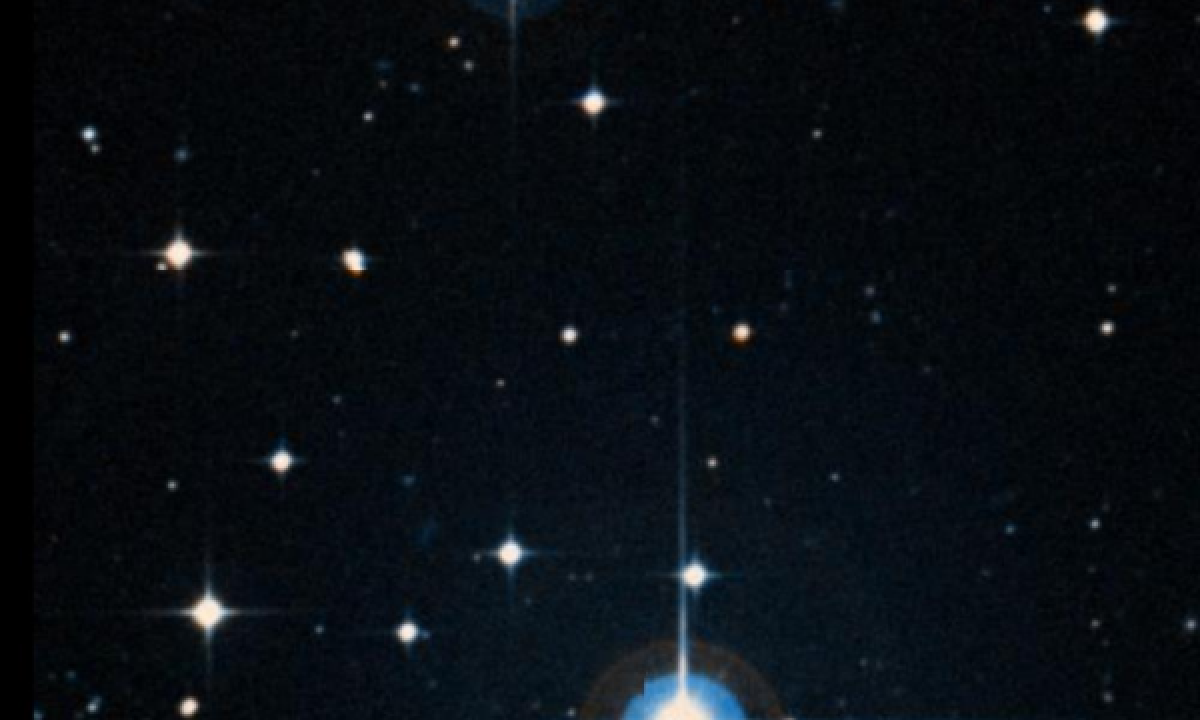The New General Catalogue of Nebulae and Clusters of Stars (abbreviated as NGC) is a catalogue of deep-sky objects compiled by John Louis Emil Dreyer in 1888. The NGC contains 7,840 objects, known as the NGC objects. It is one of the largest comprehensive catalogues, as it includes all types of deep space objects, including galaxies, star clusters, emission nebulae and absorption nebulae.
Know more about NGC
NGC 1252

NGC 1252 is a metal-poor, possible open cluster or open cluster remnant located in the constellation Horologium, containing around 20 stars. Discovered in 1834 by John Herschel, it was described by John Louis Emil Dreyer as an 8th-magnitude star surrounded by a group of 18 or 20 stars. Stars TW Horologii and HD 20286 were once considered to be part of NGC 1252, but this is now not likely. Due to the nature of the object, it has been given different classifications: according to Bouchet & Thé (1983), it is an open cluster at around 500 million years old located 470 parsecs (1,500 ly) away, with a diameter of 8 parsecs (26 ly), while Baumgardt (1998) found it to be an asterism. Pavani, Bica, and Dutra et al. (2001) put the age at 3 billion years old and distance at 1,000 parsecs (3,300 ly). It is also approximately 900 parsecs (2,900 ly) below the galactic disc. Two structures are located nearby: the Tucana-Horologium association and the Hyades Stream. This proximity is the cause of the debate over NGC 1252's nature.
More Images:

Sources:
Wikipedia Page: NGC 1252
NGC 1252 at In-The-Sky website
